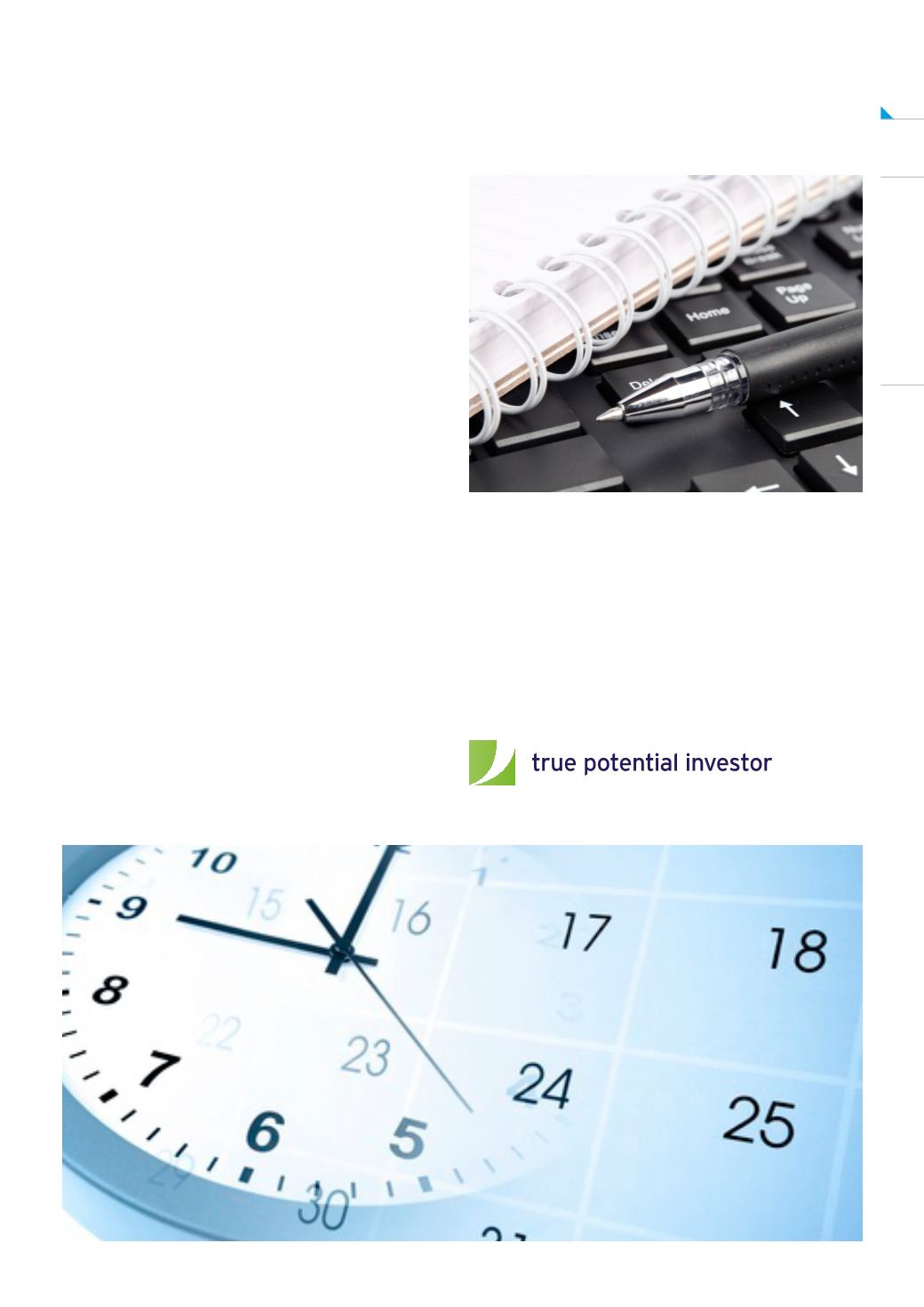
DIY Investor Magazine
| August 2017
47
food, and entertainment — will make it easier to make
sense of your current situation. Make sure that you paint
a true picture of your finances.
Once you’ve created a list of your outgoings, you can
look for areas where you might be able to cut back on
spending. Look for non-essential extras — could you
replace your daily coffee shop coffee with a homemade
one instead?
Ditch the extra drinks on a night out and pre-drink at
home instead? Work out how much you can afford to put
away each month, without stretching your finances too
far.
INVEST IT RIGHT
The next step is to choose the right investment to
support the growth of your funds. Individual Savings
Accounts (ISAs) are a popular choice, as they offer a
tax-free way to save. This means you won’t pay any tax
on the interest your account generates.
One option you could look at are Stocks and shares
ISAs – a way for you to put significant amounts of money
aside and invest it in bonds, property or stocks and
shares.
This mean you could get out more than you pay in,
although you may get back less than you invest.
Ultimately, always choose the most suitable saving or
investing option for you based on what you’re saving
for, the level of return you’ll receive and the associated
risk.
To find out more:


